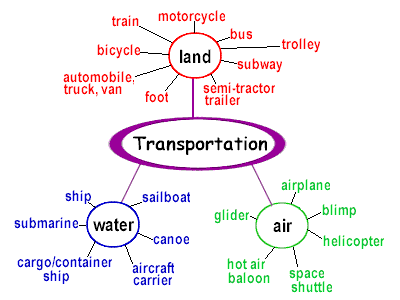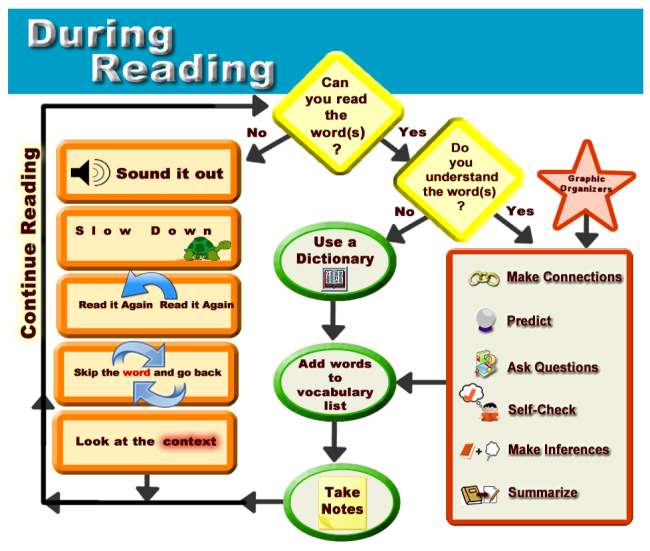Has poor auditory memory—both short term and long term.
Has a low tolerance level and a high frustration level.
Has a weak or poor self-esteem.
Is easily distractible.
Finds it difficult, if not impossible, to stay on task for extended periods of time.
Is spontaneous in expression; often cannot control emotions.
Is easily confused.
Is verbally demanding.
Has some difficulty in working with others in small or large group settings.
Has difficulty in following complicated directions or remembering directions for extended periods of time.
Has coordination problems with both large and small muscle groups.
Has inflexibility of thought; is difficult to persuade otherwise.
Has poor handwriting skills.
Has a poor concept of time.
Teaching learning disabled youngsters will present you with some unique and distinctive challenges. Not only will these students demand more of your time and patience; so, too, will they require specialized instructional strategies in a structured environment that supports and enhances their learning potential. It is important to remember that learning disabled students are not students who are incapacitated or unable to learn; rather, they need differentiated instruction tailored to their distinctive learning abilities. Use these appropriate strategies with learning disabled students:
Provide oral instruction for students with reading disabilities. Present tests and reading materials in an oral format so the assessment is not unduly influenced by lack of reading ability.
Provide learning disabled students with frequent progress checks. Let them know how well they are progressing toward an individual or class goal.
Give immediate feedback to learning disabled students. They need to see quickly the relationship between what was taught and what was learned.
Make activities concise and short, whenever possible. Long, drawn-out projects are particularly frustrating for a learning disabled child.
Learning disabled youngsters have difficulty learning abstract terms and concepts. Whenever possible, provide them with concrete objects and events—items they can touch, hear, smell, etc.
Learning disabled students need and should get lots of specific praise. Instead of just saying, “You did well,” or “I like your work,” be sure you provide specific praising comments that link the activity directly with the recognition; for example, “I was particularly pleased by the way in which you organized the rock collection for Karin and Miranda.”
When necessary, plan to repeat instructions or offer information in both written and verbal formats. Again, it is vitally necessary that learning disabled children utilize as many of their sensory modalities as possible.
Encourage cooperative learning activities (see Teaching with Cooperative Learning) when possible. Invite students of varying abilities to work together on a specific project or toward a common goal. Create an atmosphere in which a true “community of learners” is facilitated and enhanced.
STUDY SKILLS
What are study skills?
Study skills instruction gives students the tools, the training, and the readiness to do a good job in school. The more adept students are with reading, writing, speaking and study skills, the more efficient and thorough they will be at getting the job of learning done.
"Metacognition" is a popular term to describe the learning process. It means transcending cognition, or more simply put, thinking about thinking. Study skills instruction develops a metacognitive approach to school; it helps them learn how to learn. Students need to go beyond simply completing an assignment. They need to be aware of the process they follow and the steps they take when pre-reading a textbook, taking notes, or answering an essay question.
When should study skills be taught?
Study skills instruction can begin as early as the elementary grades with organization skills and main idea skills. By fifth grade, students can begin to learn note taking strategies and basic textbook skills. Advanced note taking, summarizing, textbook, test preparation and report writing should be emphasized in middle school, and then practiced in high school. As students progress through the grades, they must develop a new set of skills to cope with greater demands: the higher the grade, the greater the need for study skills to cope with those demands.
SQ3R is a reading comprehension method named for its five steps: survey, question, read, retrieve, and review. The method was introduced by Francis P. Robinson, an American education philosopher in his 1946 book Effective Study.
1. Survey
First, you take a few minutes to scan the entire text. Pay attention to layout, chapters, sections, graphs, pictures, words in bold and italics. In general, these provide important information about the contents of the text. By quickly scanning through the text first, you create an overview and structure. This serves as the foundation for the active reading and understanding of the text.
2. Question
Ask yourself questions about the text that you scanned during the previous step. You can for instance turn the chapter titles into questions. Write down the questions. Ask yourself what you already know about the topic and what your goal is for reading the text. Try to understand what it is that the author wants to convey. You can use the left margin to write down your questions about the text in a structured way. At a later stage, you can note down the answers in the right margin.
3. Read
Read the text while keeping the structure from step 1, “S” and the questions from step 2, “Q” in the back of your mind. Pay attention to chapters, sentences printed in bold, explanations under graphs and images. Read ‘actively’, write down (additional) questions while you are reading and try to find answers to previously asked questions. Write down answers and explanations in the right margin of the text. Take your time for the more complicated parts of the text and read it again if you need to. Give less attention to unimportant information. Reread per part and repeat these parts to yourself in your own words.
4. Recite
Repeat (aloud) in your own words what you have read. Ask yourself questions about the text. Explain what you have read to someone else, you can also do this in your imagination. Making a summary in your own words provides extra support.
5. Review
Read all the relevant parts of the text again, look at your notes. Possibly improve on your notes, paying extra attention to the parts you found difficult. Read your own questions on the left side of the text (cover the answers on the right) and try to answer them. This step is the most effective if you do it a day after step 1 through 4. After following these five steps, you will have actively read a text and you will be better able to remember and explain what it is about
A fourth R, SQ4R, is sometimes added to the reading method. The fourth R can mean different things, for instance Relate, Record or Reflect. This addition can help you to for example create links to knowledge that you already have or personal experiences (Relate). The with Record version is a more extensive version for making the summary and applying structure in the text.
You can for instance record the structure of the text in a schematic representation or highlight the most important parts of the text. The R for Reflect stands for discussing the theme with others, asking yourself what the topic means to you, finding examples or events that clarify the topic. The advantage of the SQ3R Method is that you decide what is in it. It provides a foundation for you to use your own (learning) goals, in order to make it work for you.
REAP
Students must assimilate the information read into their own schemata to facilitate long-term memory. Isolated and unconnected pieces of information easily fade from memory, but postreading activities provide the glue to make a cohesive picture of what is read. Read-Encode-Annotate-Ponder,
REAP, is one of the most basic ways to facilitate higher-order thinking through reading, writing, and thinking.
Read-Encode-Annotate-Ponder (REAP)
REAP is designed to improve thinking, the underlying musculature for active reading and meaningful writing. The idea for this reader-writer exchange system was proposed some time ago (Manzo, 1975) as a means of improving and supporting a national content area reading and writing
project essentially for urban schools. Shortly afterwards it was collected into a teaching-learning approach called REAP—Read-Encode-AnnotatePonder (Eanet & Manzo, 1976; Eanet, 1978, 1983).
The REAP system for responding to text has been in use in elementary through college classrooms for two decades. It is based on a scaffold form of writing that invites creativity, much as does haiku, or any other disciplined form of art (Manzo, Manzo, & Albee, 2002).
REAP primarily is a cognitive-enrichment approach that teaches students to think more precisely and deeply about what they read, by following
the four-step strategy symbolized by its title:
READ to get the writer’s basic message;
ENCODE the message into your own words while reading;
ANNOTATE your analysis of the message by writing responses
from several perspectives, and;
PONDER what you have read and written—first by reviewing
it yourself, then by sharing and discussing it with
others, and finally by reading and discussing the
responses of others.
==================================================================
SEMANTIC MAP
Semantic mapping is a visual strategy for vocabulary expansion and extension of knowledge by displaying in categories words related to one another" (Kholi, & Sharifafar, 2013). These almost graphic organizers are not pre-made, but made by the students to help "web" out their ideas. Semantic maps go beyond just a graphic organizer. Their strength is “an adaptation of concept definition mapping but [it] builds on students’ background knowledge or schema. While drawing on prior knowledge, it recognizes important components and shows the relationships among them" (Kholi, & Sharifafar, 2013). This building on previous knowledge is extremely important for their development of vocabulary. It's been well documented by researches that “Instructional activities that allow for a visual display of words and promote students' comparing and contrasting of new words to known words can be a beneficial means for increasing their vocabulary knowledge" (Rupley, Logan, & Nichols, 1998).


